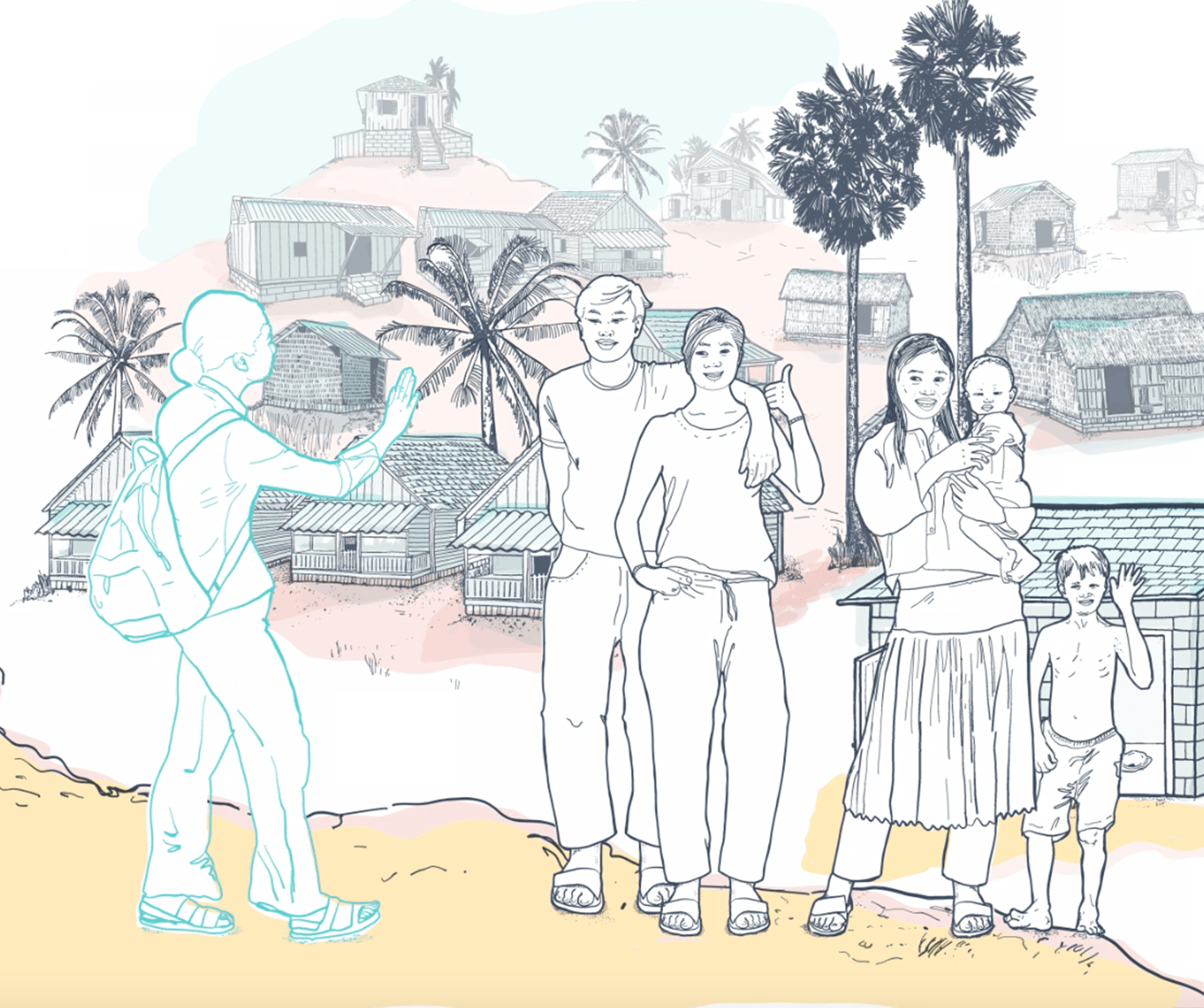Diagnosis is inextricably linked to vision development as the foundation of a SMART (specific, measurable, attainable, relevant, and time-bound) change process. Whether vision or diagnosis should come first is a classic chicken and egg problem. Diagnosing where there is no clear vision is difficult, yet developing a vision that is not based on clear understanding of the current situation is equally problematic. In practice, both need to be done in parallel; like visioning, diagnosis is something that must continue throughout the change process – and beyond.
While there is no single blueprint for delivering sustainable services, a number of elements need to be in place. Tools that help guide stakeholders through a consultative process of analysing what’s working and what’s not are critical for:
- identifying and prioritising areas for change
- aligning thinking and efforts to support collective action
- clarifying roles and responsibilities across complex systems of actors for delivering sustainable services.
The requirements for effective diagnosis are very similar to what is required for visioning. They include:
- Strong stakeholders (and particularly government) ownership and leadership: if the (governmental) organisations responsible for service delivery are not involved in developing the framework for data collection and analysis, and discussion and presentation of results, they may simply choose to ignore what comes out of the diagnosis – particularly if it runs contrary to officially sanctioned narratives. This is a frequent problem with externally financed diagnostic studies.
- Sector know-how: diagnosis should draw on existing sector knowledge and expertise. A well-managed process of diagnosis should also positively challenge stakeholders to interrogate their own perceptions of success and/or progress.
- Comprehensiveness: there are typically many existing assessments of parts of water, sanitation and hygiene (WASH) service delivery — of the costs involved, of technologies used or of institutions. But many of the issues in WASH service delivery are interrelated. Emphasis here is on tools that seek to provide a comprehensive diagnosis of the whole system in order to see those linkages.






